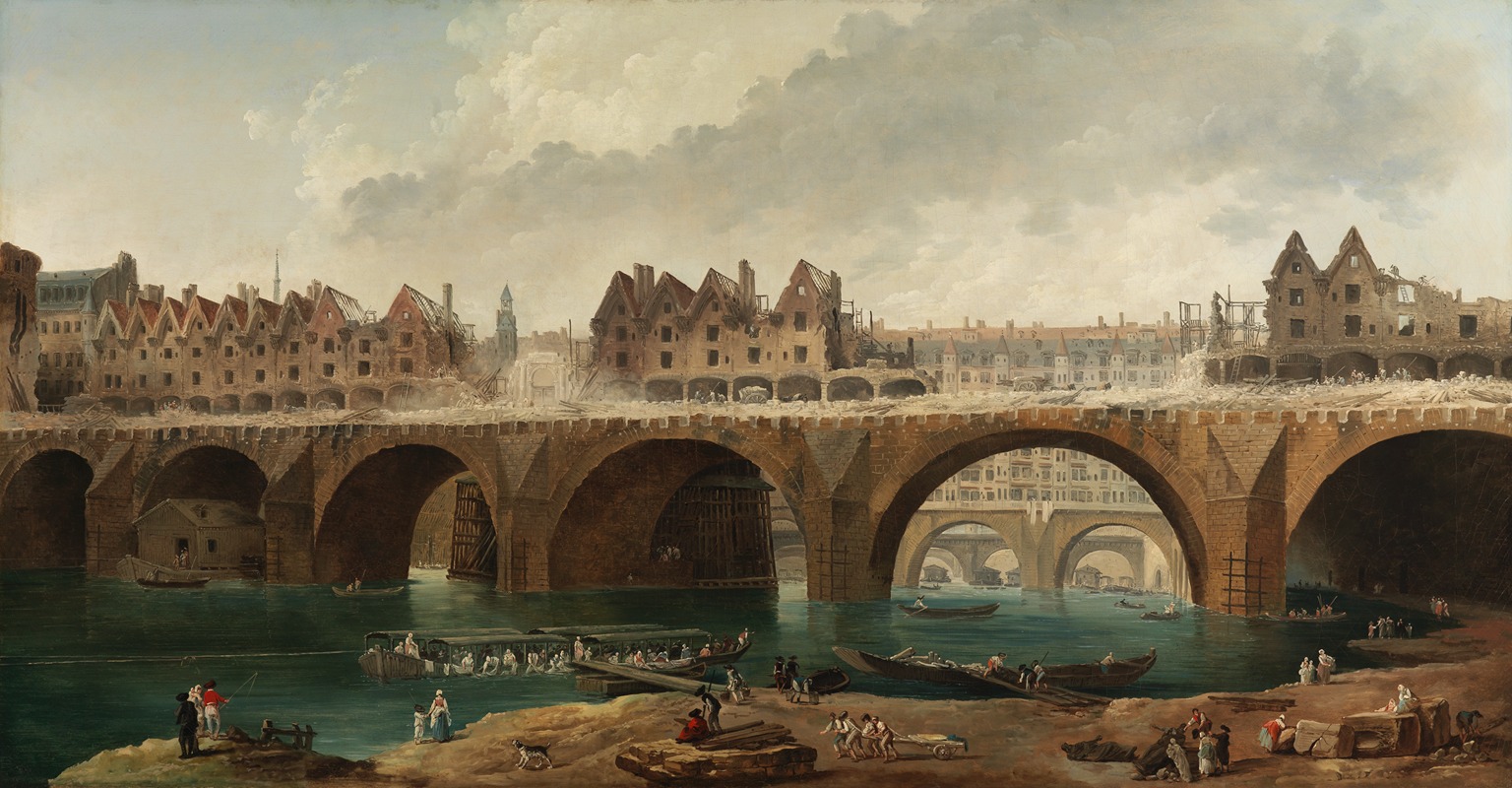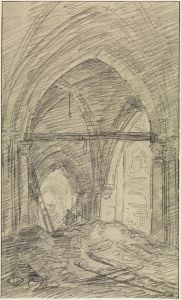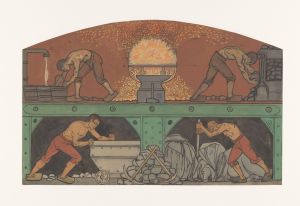
The demolition of the houses on the Notre Dame Bridge in Paris
A hand-painted replica of Hubert Robert’s masterpiece The demolition of the houses on the Notre Dame Bridge in Paris, meticulously crafted by professional artists to capture the true essence of the original. Each piece is created with museum-quality canvas and rare mineral pigments, carefully painted by experienced artists with delicate brushstrokes and rich, layered colors to perfectly recreate the texture of the original artwork. Unlike machine-printed reproductions, this hand-painted version brings the painting to life, infused with the artist’s emotions and skill in every stroke. Whether for personal collection or home decoration, it instantly elevates the artistic atmosphere of any space.
"The Demolition of the Houses on the Notre Dame Bridge in Paris" is a painting by the French artist Hubert Robert, created in 1786. Hubert Robert, known for his depictions of architectural ruins and urban transformations, was a prominent painter during the 18th century. This particular work captures a significant historical event in Paris: the demolition of the houses that once stood on the Pont Notre-Dame, one of the city's oldest and most iconic bridges.
The Pont Notre-Dame, originally constructed in the 12th century, underwent several reconstructions over the centuries. By the late 18th century, the bridge had become overcrowded with houses, which posed structural and safety risks. In 1786, under the direction of city authorities, the decision was made to demolish the houses to improve the bridge's stability and to modernize the urban landscape of Paris. This event marked a shift in urban planning, reflecting Enlightenment ideals of order, hygiene, and functionality.
Hubert Robert's painting documents this moment of transformation. The artwork depicts the bridge during the demolition process, with workers actively dismantling the structures. The scene is rendered with Robert's characteristic attention to detail and dramatic use of light and shadow. The painting not only serves as a historical record but also reflects the broader cultural and societal changes taking place in France during the late 18th century.
The painting is notable for its combination of realism and romanticism. While it accurately portrays the event, it also imbues the scene with a sense of grandeur and nostalgia, characteristic of Robert's style. The work is part of a larger body of paintings by Robert that explore themes of destruction, renewal, and the passage of time.
Today, "The Demolition of the Houses on the Notre Dame Bridge in Paris" is recognized as an important historical and artistic document. It provides insight into the urban development of Paris and the aesthetic sensibilities of the period. The painting is housed in the Musée Carnavalet in Paris, which is dedicated to the history of the city.

















